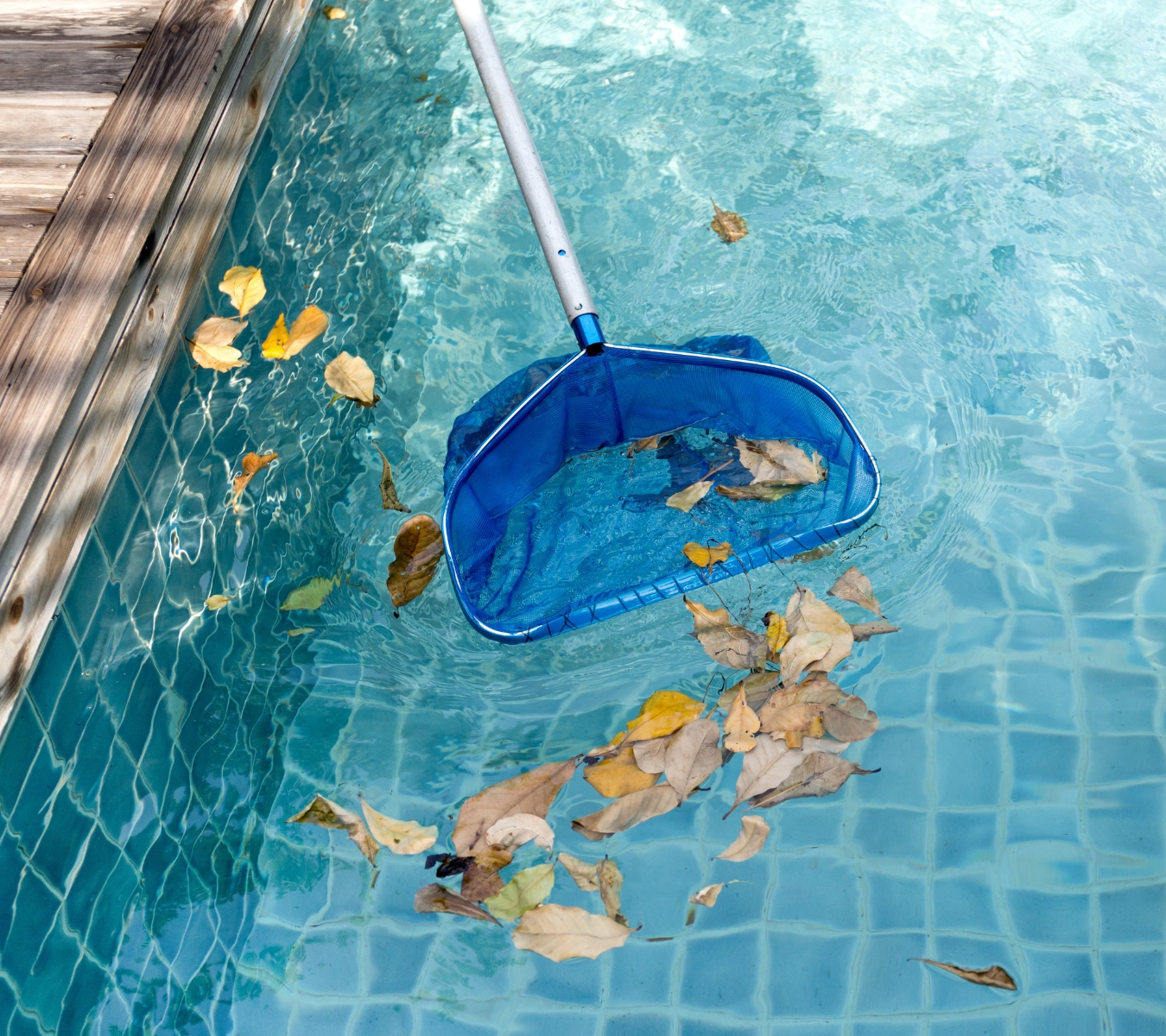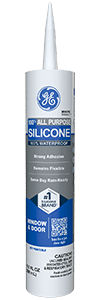Note: This DIY article is provided as a general guide only and is not intended to take the place of product-specific installation procedures; always follow applicable manufacturers’ instructions. Depending on your home’s age and condition, location within the home, and other potential factors, repairs and/or upgrades or other services may be necessary prior to the beginning and/or completion of your project that may involve the services of a home improvement professional. This article does not include advice pertaining to local building codes and/or any related inspections.
Pool season is all about fun in the sun, but all that water exposure and intense UV radiation can take a toll on your outdoor surfaces. Cracks in your patio, worn edges around the deck, or mold creeping into crevices are more than cosmetic issues; they’re signs that your pool area needs protection. In this guide, we’ll explore how to tackle poolside waterproofing by focusing on the critical areas that matter most: joints, cracks, edges, and small gaps around your pool deck and patio.
Silicone sealant and insulating foam are innovative, targeted solutions for sealing cracks, gaps, and joints most vulnerable to water damage around your deck or patio.
Why poolside waterproofing matters
When water seeps into cracks or gaps around your pool deck or patio, it doesn’t just disappear. It penetrates. Over time, repeated exposure to moisture, pool chemicals, and UV rays can cause:
- Cracking and shifting in concrete or stone
- Mold and mildew growth in joints and crevices
- Erosion or rot in wooden decks or surrounding materials
- Pest entry points in gaps and holes
Proper poolside waterproofing helps stop these issues at the source. By sealing small but significant vulnerabilities, you can protect your pool patio, reduce long-term maintenance costs, and enjoy a safer, more beautiful outdoor space.
Silicone sealant and insulating foam: the top choices for poolside waterproofing
When it comes to poolside waterproofing, not all materials are created equal. Silicone sealant and insulating foam are smart, targeted solutions for sealing the cracks, gaps, and joints around your deck or patio that are most vulnerable to water damage.
- Silicone sealant is highly durable, flexible, and weather-resistant, making it ideal for outdoor use. It can handle exposure to UV rays, temperature fluctuations, and frequent water contact without cracking or shrinking. It’s perfect for joints and seams around pool decks and patios.
- Insulating foam expands to fill larger gaps and blocks moisture and airflow, helping to prevent long-term damage and pest intrusion. Those made for exterior use cure into a formidable, water-resistant barrier perfect for hard-to-reach or awkwardly shaped spots around your pool area.
Together, these materials offer an efficient, easy-to-apply way to protect your outdoor space without resurfacing everything.
Pool deck waterproofing: focus on the vulnerable areas first
This guide emphasizes targeted waterproofing, using silicone sealants and insulating foams in critical areas prone to water damage and wear. Here’s where to start:
1. Expansion joints and cracks in the pool deck
Expansion joints are built-in gaps that allow concrete to expand and contract with temperature changes. Over time, they can dry out, split, or collect water, especially around pool edges where splash zones are frequent.
What to do:
- Clean out debris from the joints.
- Make sure the area is dry.
- Fill with an outdoor-grade silicone sealant that is UV and water-resistant. The GE Concrete Silicone Sealant is perfect for the job since it’s designed for concrete, mortar, and stone.
Tip: A flexible sealant ensures the joint remains watertight while accommodating slight movement.
2. Gaps between patio stones or pavers
Natural stone patios or pavers near the pool often develop small gaps where water can pool or seep beneath the surface. Maintaining and sealing tile pavers is essential for longevity and safety.
What to do:
- Inspect the edges and joints between stones.
- Use silicone sealant to close narrow gaps and seams where water might collect.
- Don’t seal the entire surface. Just reinforce problem areas to prevent erosion or weed growth.

3. Where the pool deck meets the house or fence
Transitional areas are often overlooked but are highly vulnerable to water damage, especially where the deck meets the base of your home, fence, or garden structures.
What to do:
- Look for visible gaps, loose caulk, or crumbling edges.
- A silicone sealant closes these transitions and prevents moisture from entering behind the siding or into foundational materials.
Using insulating foam to protect your pool patio
Insulating foam isn’t just for interior use. It can also be used outdoors to block air and water intrusion in specific situations. Our GE Gaps & Cracks Foam is perfect for smaller openings up to one inch wide. Try the GE Big Gaps & Cracks Foam for one to three-inch openings.
Ideal outdoor uses include:
- Filling larger gaps behind pool equipment housing or around pool sheds.
- Sealing around outdoor pipe penetrations or utility openings.
- Blocking rodent or pest entry points in baseboards or foundation cracks near the pool.
Be sure to choose a product labeled for exterior use, like our insulating foams. Once cured, always trim the excess foam to create a neat finish.
Tips for proper application to waterproof outdoor surfaces
To make sure your pool deck waterproofing efforts last, follow these best practices:
- Clean first: Surfaces should be dry, clean, and free of loose material before sealing.
- Choose the right product: Use silicone sealants for outdoor and wet-area applications.
- Apply when dry: Pick a dry, mild day with no rain in the forecast for at least 24 hours.
Let it cure: Most sealants and foams need time to cure fully (about 24 hours). Check the label for specific timing before exposing them to water.

Additional summer pool maintenance tips
While sealing gaps and joints is a great place to start, ongoing care helps preserve your pool area:
- Sweep and rinse your deck regularly to remove debris and chemical residue.
- Check for new cracks or wear every few months, especially at the start and end of the season.
- Keep nearby landscaping trimmed to reduce organic buildup and mildew near hard surfaces.
- Avoid power-washing sealed joints, as it can loosen or damage the sealant.
FAQ
Do I need to seal my entire pool deck or just the cracks and joints?
If you’re using silicone sealant, it’s meant for cracks, gaps, and transitions, not entire surfaces. For larger-scale projects, you’d need a deck coating product for full-surface sealing.
How often should I reseal the joints around my pool deck?
Inspect sealed areas at least once a year. Resealing every one to two years (or sooner if you notice cracking or peeling) is ideal for high-traffic, high-moisture zones.
Can I use insulating foam near the pool?
Yes, as long as it’s rated for exterior use and protected from direct, prolonged UV exposure. Use it to fill larger gaps that may appear.
How long should I wait after sealing before using the pool again?
Most silicone sealants require 24 hours to cure. During this time, keep the area dry to ensure proper bonding and waterproofing.
Will sealing the joints prevent mold and mildew?
Sealing helps keep water out of gaps where mold thrives. While it won’t eliminate mold, it significantly reduces the chance of growth.
Waterproofing your poolside space isn’t just about appearance. It’s about preserving your investment and preventing future headaches. By targeting the most vulnerable areas with high-performance silicone sealants and insulating foams, you can keep your pool deck and patio safe from the wear and tear of summer fun.
To find the perfect products for your next project, visit a store near you in the U.S. or Canada.



